Electromotive Force (EMF) and Potential Difference (PD)
EMF and PD are both measured in volts but they aren't the same. It's important to understand the difference between them in electrical and electronic circuit design. This helps prevent confusion and ensures the correct terms are used. This article explores these basic concepts, explaining what makes them different, how they are used, and how they work together in various electrical components. The article not only explains the theory behind EMF and PD but also shows how they apply in real life, from simple batteries to complex electronic devices. Knowing these principles is good for improving technology and making electrical systems more efficient and effective by controlling electron flow and voltage levels accurately.Catalog
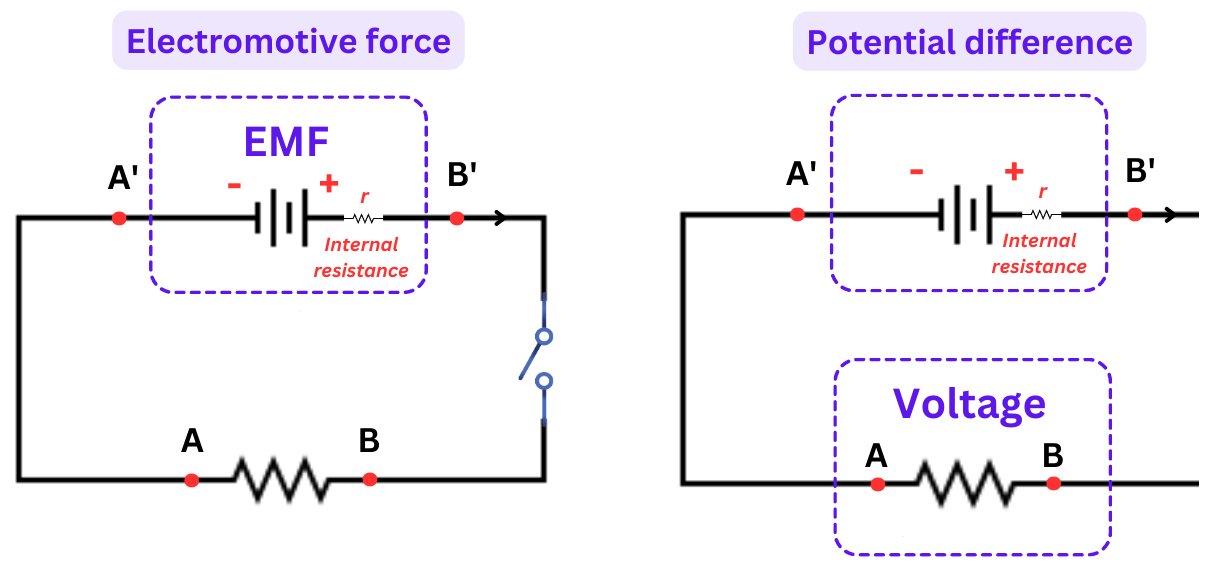
Figure 1: Electromotive Force (EMF) and Potential Difference (PD)
Understanding Electromotive Force (EMF)
Electromotive Force or EMF, is a basic idea in electromagnetism that makes electrons move in an electrical circuit. EMF is the energy a power source provides for each unit of electric charge, regardless of the current it creates. This is important in devices like generators and batteries, where energy is turned into electricity. EMF is often thought of as the voltage a power source gives when no current is flowing, showing its role as the starting point of energy movement rather than a result of it.
In everyday terms, EMF is why a battery can push current through a circuit, even against resistance, keeping the electricity flowing. In physics, EMF is the work required to move a charge all the way around a circuit, considering both outside and inside resistances.
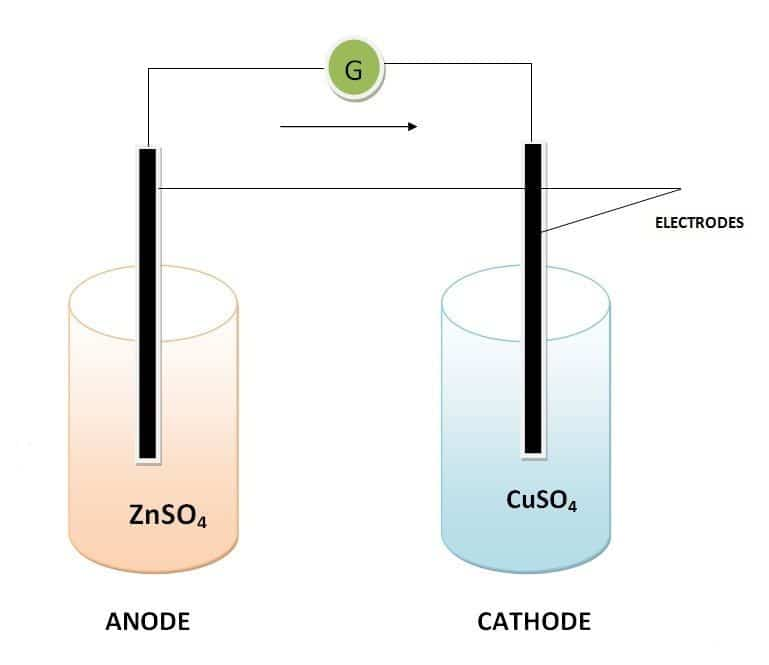
Figure 2: Electrochemical Cell
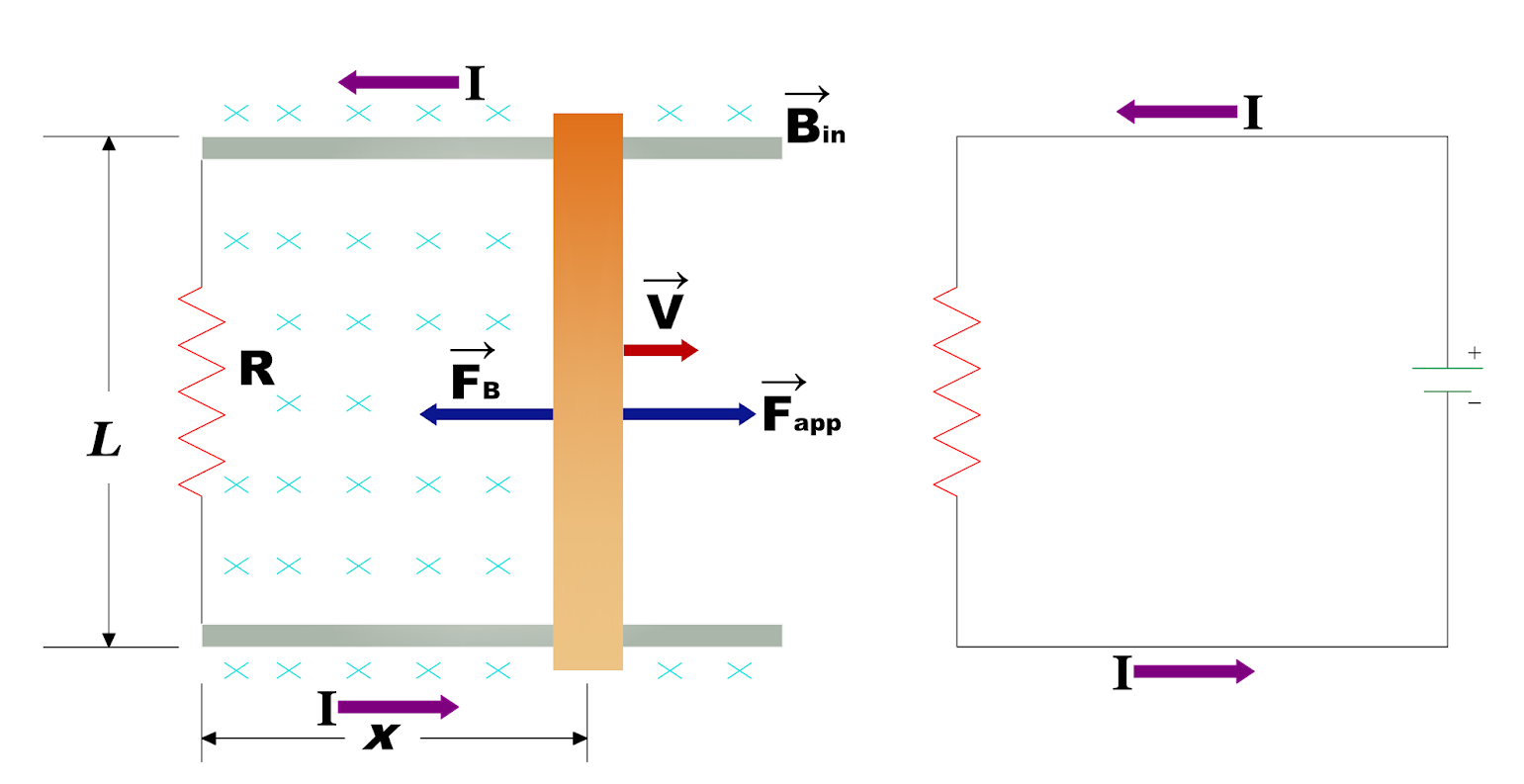
Figure 3: EMF Working Principle
What Is the Potential Difference (Voltage)?
Potential difference, also known as voltage, measures the difference in electric energy between two points in a circuit, showing how much energy is gained or lost when a charge moves between these points. This difference is what makes electric current flow through circuit parts like resistors or capacitors, turning into heat, light, or other forms of energy.
Voltage, also known as potential difference, is important in both theory and practice in electrical engineering. It represents the energy that moves electrons through a conductor and part of Ohm's Law, that connects voltage, current, and resistance. Voltage is good for operating devices like transistors in microchips, lighting up LEDs, and managing battery charging and discharging. High voltages are useful in power transmission to minimize energy loss over long distances.
In electronic circuits, voltage levels control how digital circuits behave, determine when semiconductor devices switch on or off, and affect the performance and lifespan of electric motors.
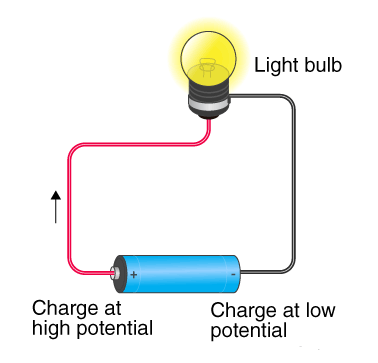
Figure 4: Energy measured in PD
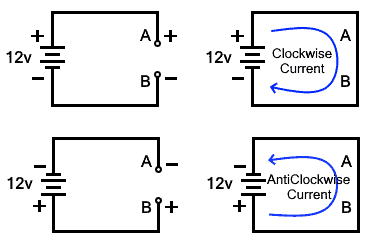
Figure 5: Voltage Polarity
Electromotive Force (EMF) and Potential Difference (PD) Comparison
To explain the difference between EMF and potential difference, think of a simple battery in a circuit. The voltage labeled on the battery, like 1.5 volts, is its EMF, that is the maximum force that pushes the current through the circuit. However, when the battery is in use, under heavy load or as it ages, this voltage drops due to internal resistance.
EMF (electromotive force) is the voltage when the battery is not powering anything, measured without any load. It's the battery's internal power. Potential difference, is the actual voltage you see when the battery is powering a circuit. When there's no load, the potential difference equals the EMF. But when a load is connected, the potential difference drops even though the EMF remains the same.
|
Potential Difference (PD) |
VS. |
Electromotive Force (EMF) |
|
Happens
when current flows through a resistance |
Definition |
The
electric force generated by a cell or battery |
|
PD
is the effect. |
Relationship |
EMF
is the cause |
|
Zero
if no current is flowing |
Presence of Current |
Exists
even if no current is flowing |
|
Volt |
Unit |
Volt |
|
Changes
based on the circuit |
Constancy |
Stays
the same |
|
V |
Symbol |
E |
|
Depends
on the resistance between two points |
Dependence on Resistance |
Does
not rely on resistance |
|
V
= IR |
Formula |
E
= I(R + r) |
|
Light
bulb |
Example |
Cell,
battery |

Figure 6: Circuit Diagram EMF and PD
Example Problems
Problem 1: Find the current that flows through a battery with 2 volts and 0.02 ohms of internal resistance when its terminals are connected directly to each other.
To figure this out, we'll use the Ohm's Law, formula that relates voltage, current, and resistance.
First, let's list what we know:
• Voltage (V) = 2 volts
• Internal Resistance (r) = 0.02 ohms
• Ohm's Law = V=IR
But we want to find the current (I), so we rearrange the formula to:
![]()
![]()
![]()
So, if you connect the terminals, 100 amps of current will flow through the battery.
Problem 2: Find the current that flows through a battery with 10 volts, 5 ohms of internal resistance, and 5 ohms of load resistance connected in series. Also, calculate the terminal voltage of the battery.
Again, Ohm's Law will be our guide but this time we're dealing with two resistances in series: the internal resistance of the battery and the load resistance.
Here's what we know:
• emf (Voltage) = 10 volts
• Load Resistance (Rload) = 5 ohms
• Internal Resistance (r) = 5 ohms
To find the current, we use the formula:
![]()
![]()
![]()
![]()
So, 1 amp of current flows through the circuit.
To find the terminal voltage of the battery (which is the voltage you'd actually measure across its terminals), we subtract the voltage drop across the internal resistance from the emf.
This can be calculated as:
![]()
![]()
![]()
![]()
So, the terminal voltage is 5 volts. This tells us that the battery loses some of its original voltage across its own internal resistance, leaving you with 5 volts at the terminals.
Conclusion
The discussion about Electromotive Force (EMF) and Potential Difference (PD) covers important basic ideas in electricity need for designing and operating circuits. By explaining the difference between EMF, that is the voltage in a power source when it’s not connected to a load, and PD, which is the voltage when the source is in use, the article helps us better understand how electrical devices work in different situations. The example problems included show how these concepts apply in real life, making it clear why they matter. This understanding helps to create better electrical systems, connecting what they learn in theory to practical engineering. Analyzing these ideas thoroughly, we can keep advancing modern electronics, making our technology not only more powerful but also more dependable and sustainable.
Frequently Asked Questions [FAQ]
1. What is an example of Electromotive Force?
An example of electromotive force is the voltage generated by a battery. For example, a typical AA battery produces an EMF of about 1.5 volts. When the battery is not connected to a circuit (i.e., no current is flowing) the EMF can be measured across its terminals. This voltage is due to the chemical reactions occurring inside the battery, and create a separation of charge and consequently generate a voltage.
2. What is an example of Potential Difference?
An example of potential difference is the voltage across a light bulb in a circuit. When a 12-volt battery is connected to a light bulb designed for 12 volts, the potential difference across the bulb's terminals is 12 volts while the bulb is operating. This potential difference causes current to flow through the bulb, lighting it up.
3. What is the unit of Electromotive Force of a cell?
The unit of electromotive force is the volt (V), the same as for potential difference. It quantifies the electrical potential created by the cell, independent of the current flowing.
4. How EMF is greater than Potential Difference?
EMF can be greater than potential difference in a practical scenario where a battery or generator is under load. For example, consider a battery with an EMF of 9 volts. When connected to a circuit drawing current, the potential difference measured across the battery's terminals might drop to, say, 8.5 volts due to internal resistance. The original 9 volts is the EMF, the maximum potential difference when no current flows, while the 8.5 volts is the actual potential difference under load.
5. Is Potential Difference a force or energy?
Potential difference is neither a force nor energy. It's a measurement of electrical potential between two points in a circuit. It represents the work required per unit charge to move a charge between those two points and is expressed in volts.
6. Are EMF and electrical energy the same?
No, EMF and electrical energy are not the same. EMF refers to the potential created by a source to move electrical charges, expressed in volts. Electrical energy, on the other hand, refers to the actual work done or energy transferred when electric charges move through a circuit measured in joules.
7. Is EMF can be negative?
Yes, EMF can be negative depending on the direction of measurement and the nature of the source. For example, in the case of electrical generators, if the direction of measurement is opposite to the direction of the induced EMF (as per the right-hand rule in physics), the measured EMF will be negative. This negative EMF indicates that the direction of the induced voltage is opposite to the chosen reference direction.